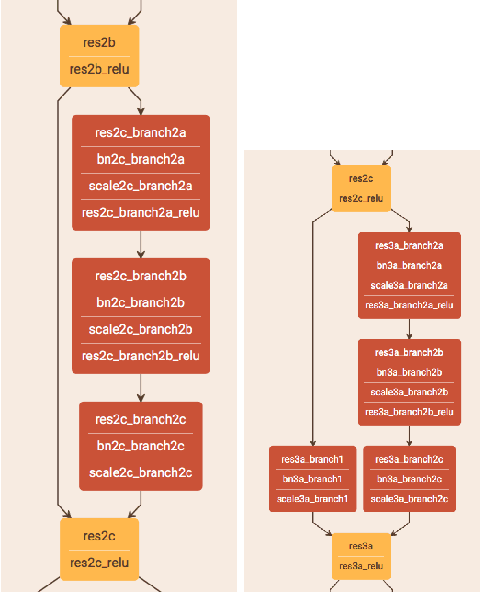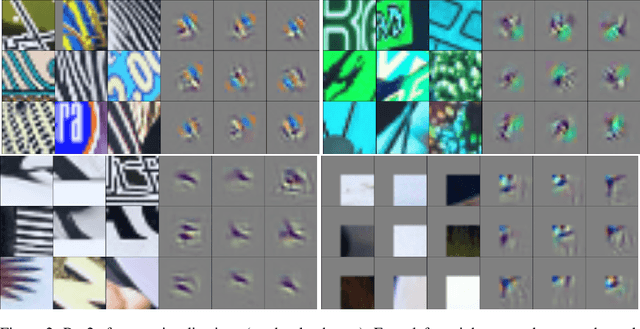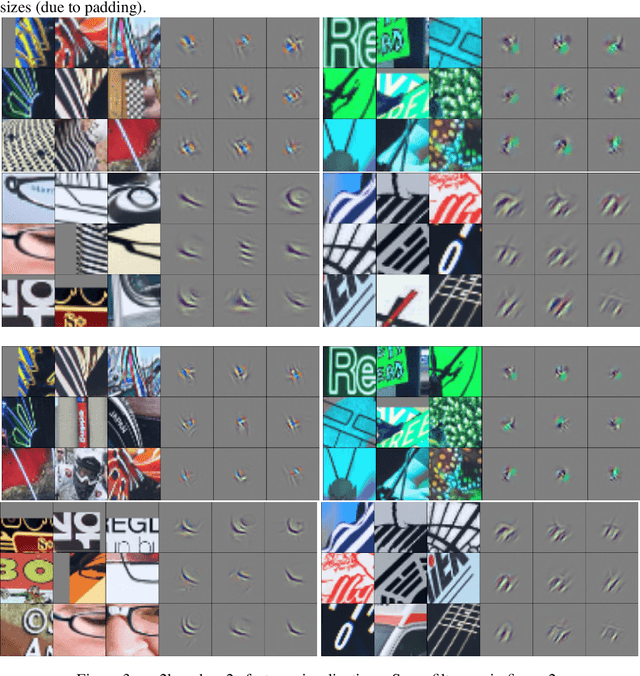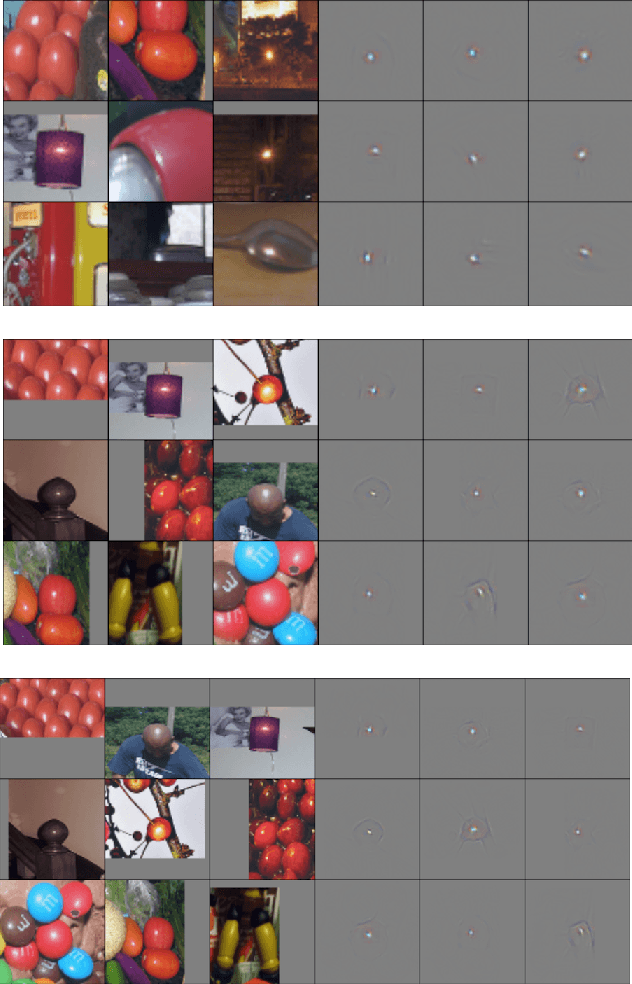Daylen Yang
Visualizing Residual Networks
Jan 09, 2017



Abstract:Residual networks are the current state of the art on ImageNet. Similar work in the direction of utilizing shortcut connections has been done extremely recently with derivatives of residual networks and with highway networks. This work potentially challenges our understanding that CNNs learn layers of local features that are followed by increasingly global features. Through qualitative visualization and empirical analysis, we explore the purpose that residual skip connections serve. Our assessments show that the residual shortcut connections force layers to refine features, as expected. We also provide alternate visualizations that confirm that residual networks learn what is already intuitively known about CNNs in general.
Multimodal Compact Bilinear Pooling for Visual Question Answering and Visual Grounding
Sep 24, 2016



Abstract:Modeling textual or visual information with vector representations trained from large language or visual datasets has been successfully explored in recent years. However, tasks such as visual question answering require combining these vector representations with each other. Approaches to multimodal pooling include element-wise product or sum, as well as concatenation of the visual and textual representations. We hypothesize that these methods are not as expressive as an outer product of the visual and textual vectors. As the outer product is typically infeasible due to its high dimensionality, we instead propose utilizing Multimodal Compact Bilinear pooling (MCB) to efficiently and expressively combine multimodal features. We extensively evaluate MCB on the visual question answering and grounding tasks. We consistently show the benefit of MCB over ablations without MCB. For visual question answering, we present an architecture which uses MCB twice, once for predicting attention over spatial features and again to combine the attended representation with the question representation. This model outperforms the state-of-the-art on the Visual7W dataset and the VQA challenge.
 Add to Chrome
Add to Chrome Add to Firefox
Add to Firefox Add to Edge
Add to Edge